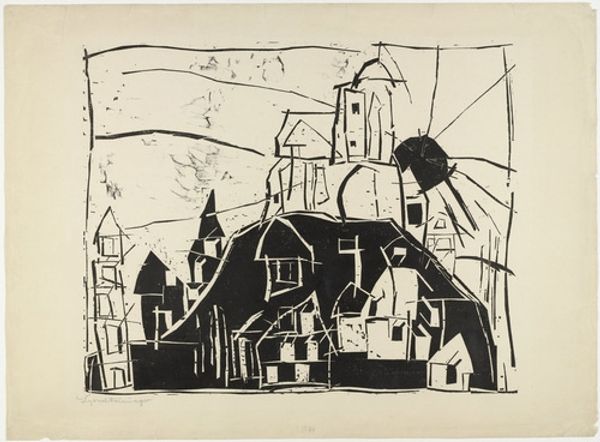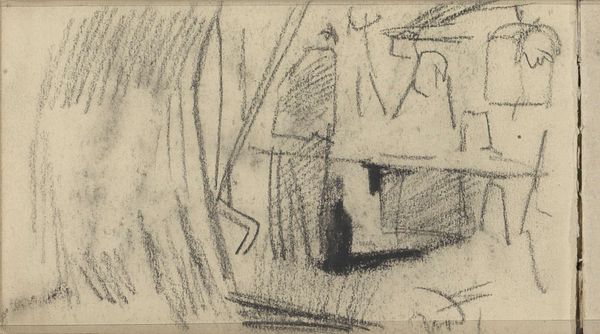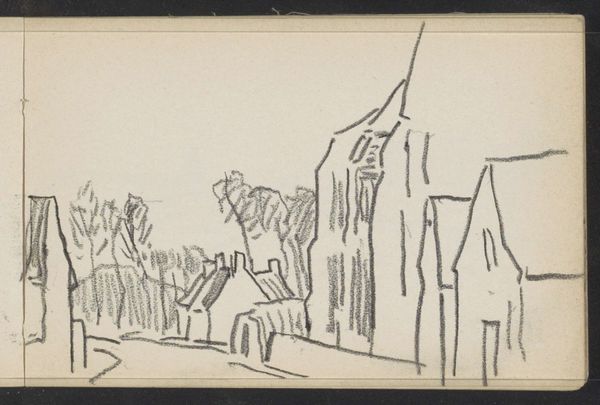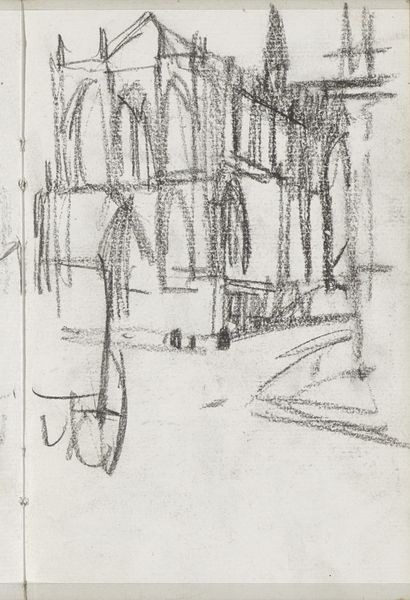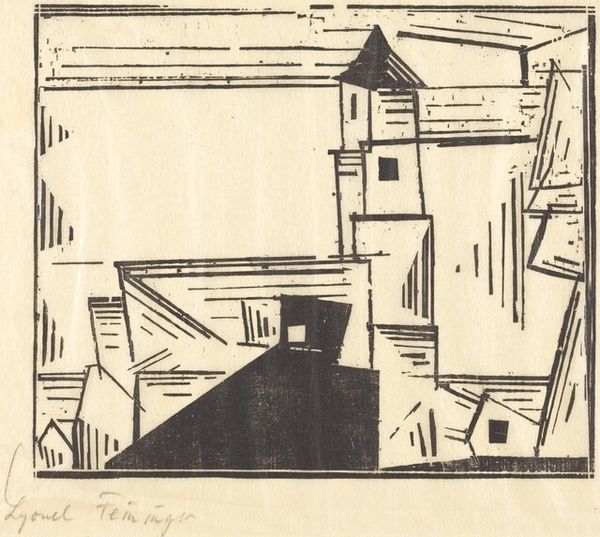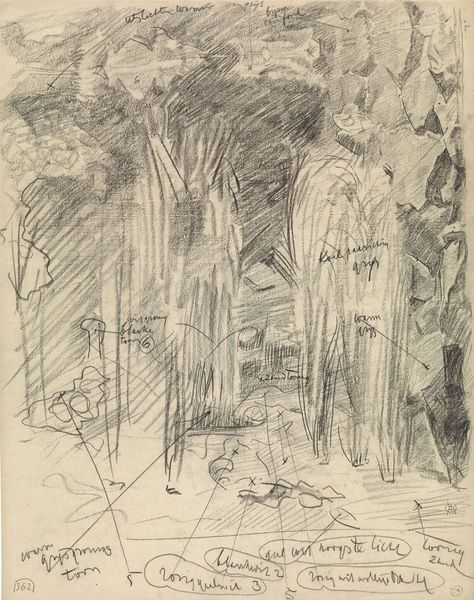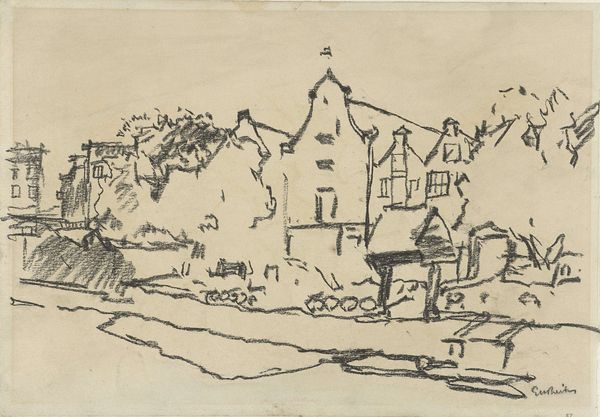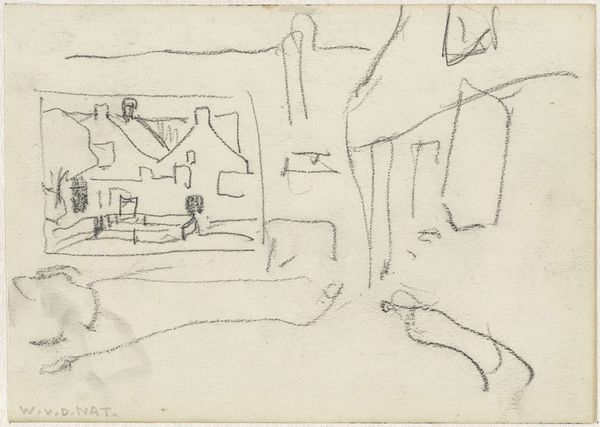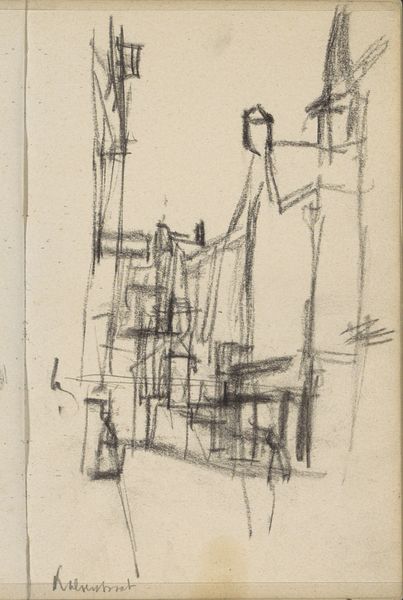
print, woodcut
#
ink drawing
# print
#
german-expressionism
#
geometric
#
woodcut
#
line
#
cityscape
Copyright: National Gallery of Art: CC0 1.0
Editor: This is Lyonel Feininger's woodcut, "Lehnstedt," from 1919. It's a cityscape done in stark black and white lines. The village feels almost fragmented, as if seen through broken glass. What catches your eye in this print? Curator: For me, it’s the woodcut medium itself. The stark contrast isn’t just aesthetic; it’s a direct result of the labor. Feininger had to physically carve away material to create this image. Each line represents a deliberate act of removal, of destruction, if you will. How does this subtractive process influence your perception? Editor: It does make me think about the process of reduction, both in the physical act of carving and the way he’s reduced the town to these geometric shapes. So, how does the social and political context of post-World War I Germany impact your understanding of this work? Curator: Considering the German Expressionist movement aimed to represent subjective experience, the labor of woodcutting emphasizes not just skill, but the psychological weight. Does this harsh method, combined with the angular forms, suggest something about the human condition during a period marked by widespread destruction and instability? Does this process mirror a breaking of community as well as materials? Editor: I think so, especially given the jagged edges and the way the buildings seem to lean precariously. Curator: Exactly! We tend to discuss his influence from Cubism but forget the Expressionist emphasis on angst and labor. These two create meaning that emphasizes the hand. How does understanding that change how we appreciate his work in relation to printmaking’s rise? Editor: It adds another layer to the social aspect and to the value assigned to art, particularly at the time. It makes me want to explore how his artistic labor contrasts with industrialized production of the era!
Comments
No comments
Be the first to comment and join the conversation on the ultimate creative platform.



